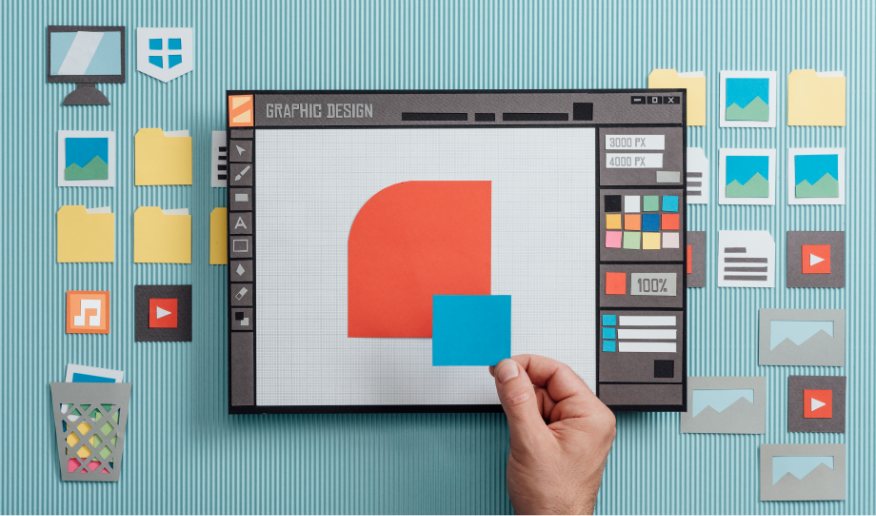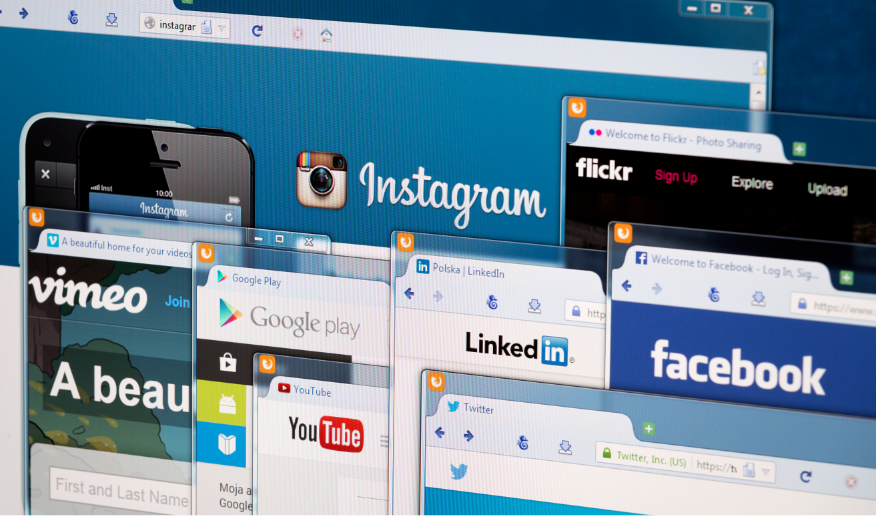

The Role of Visual Content in Web Design
Visual content serves as a powerful tool for engaging visitors and effectively communicating your brand's message. This comprehensive guide explores various aspects of visual content and its pivotal role in enhancing website performance.
Types of Visual Content
Images: High-quality images can evoke emotions, showcase products, and create a visually appealing website atmosphere.
Videos: Engaging videos can captivate audiences, deliver complex messages, and increase user engagement and dwell time.
Infographics: Infographics offer a visually compelling way to present data, statistics, and information in a digestible format, enhancing user understanding and retention.
Best Practices for Visual Content
Quality: Ensure images and videos are of high quality to maintain a professional appearance and leave a positive impression on visitors.
Relevance: Use visuals that align with your brand identity and resonate with your target audience, ensuring they complement your content and enhance its message.
Optimization for Load Times: Optimize images and videos to minimize load times, ensuring a seamless and fast browsing experience for users.
Importance of Visual Hierarchy and Layout
Visual Hierarchy: Establish a clear visual hierarchy to guide users' attention and highlight key information, improving readability and user engagement.
Layout: A well-designed layout enhances the usability and navigation of your website, ensuring that visual elements are strategically placed to enhance user interaction and experience.
By implementing these strategies and leveraging the power of visual content, you can create a visually stunning website that captivates visitors, reinforces your brand identity, and drives meaningful engagement.











